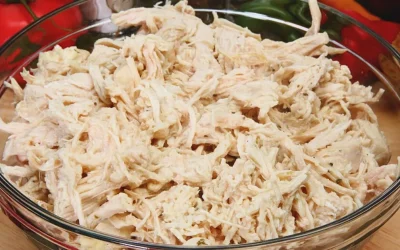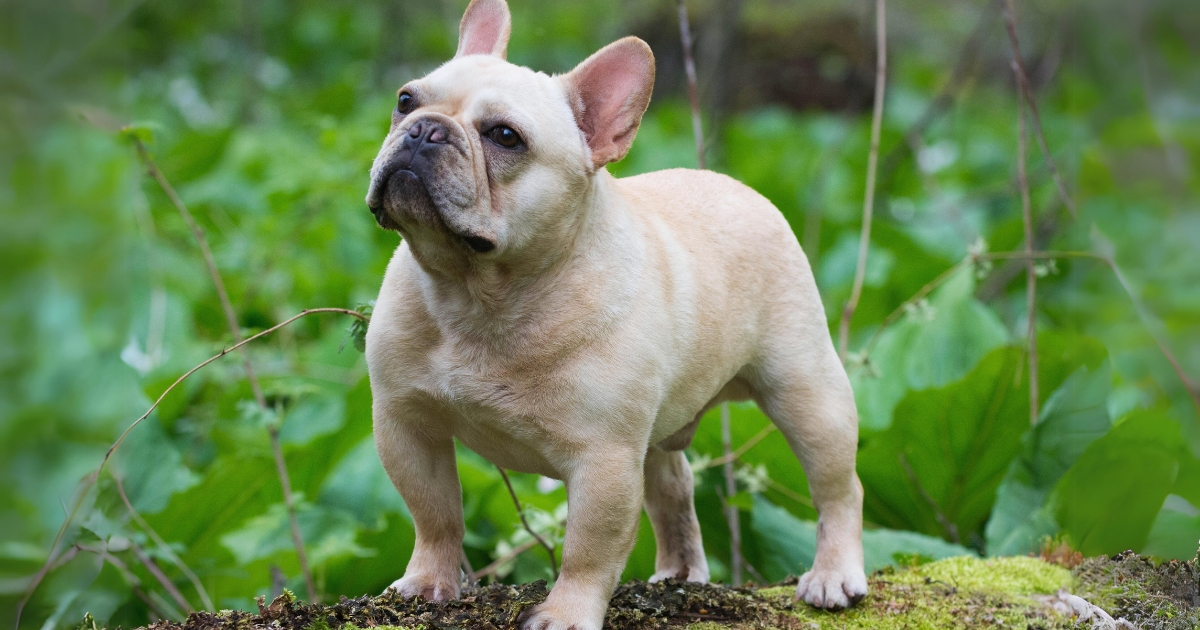How to Potty Train an Older Dog: 5 Effective Steps
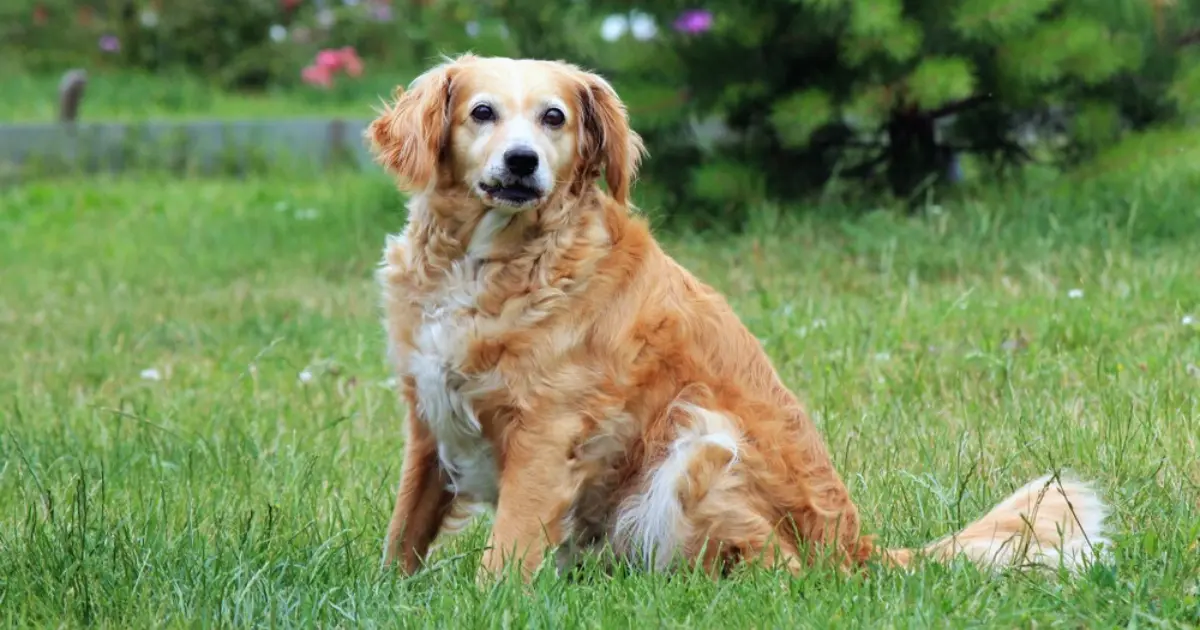
Potty train an older dog can be similar to teaching an old dog new tricks. It may be a tough but extremely profitable experience for you and your dog. Whether you have currently adopted a senior dog or if your own has regressed in their potty behavior, there is always time to train properly in toilet etiquette. This complete guide is meant to assist you in managing this crucial training while keeping compassion and effectiveness in mind.
Training will help you clean your home and enhance your bond with your dog by encouraging communication and understanding. Potty training can be time-consuming and expensive. This post will guide you through every step, providing everything you need to create a pleasant bathroom habit for your four-legged family member.
Can An Older Canine still Be Potty trained?
Rest assured, it is possible to potty train an older dog. The ideas of toilet training are usually the same whether you’re preparing a doggy or an adult dog. However, teaching an older canine may necessitate more time, compassion, and an understanding of any underlying health issues or earlier experiences contributing to the problem behavior.
Reasons an Older Dog may need Potty training
An older dog may require potty training because of a selection of reasons:
- Health issues such as urinary tract infections, diabetes, and aging may cause accidents.
- Transitioning to a new house can also disturb a dog‘s normal potty timetable.
- Dogs might also regress in potty training because of anxiety or fear.
- Insufficient potty training from previous owners may not have offered regular or appropriate training.
Potty Training Routine for Adult Dogs
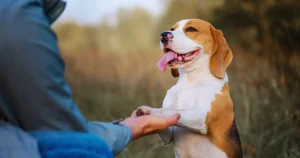
Establishing a potty training routine for a senior dog can be effectively achieved through a dependent and steady approach, tailored to deal with the unique needs and health considerations of older dogs. This process can be delineated into 4 essential steps
1. Scheduled bathroom breaks:
A good senior dog toilet training routine starts with a strict timetable for taking the dog out of the door. Taking the dog out at the same times each day helps build a recurring the dog can consider. Consistency helps manage the dog’s bodily functions and reduces indoor accidents. due to age-associated physiological changes, senior dogs must have early morning, late evening, and several daytime toilet breaks.
2. Use of specific phrases:
Training a dog to visit the toilet with a unique phrase or command can improve results. This word signals the dog to eliminate. the usage of the same sentence quickly earlier than or at the same time as the dog eliminates reinforces the desired behaviour verbally. Over time, the dog’s association among the time period and the action helps it recognize and reply to the command faster, making training easier.
3. Playtime after using the restroom:
Rewarding the dog after it successfully uses the restroom is vital for encouraging wonderful behavior. Engaging in a brief play session or giving a tiny treat properly after the dog gets rid of outdoor acts as nice reinforcement, encouraging the dog to copy the pastime in the destiny. This step is specially beneficial for older dogs as it not only rewards them for powerful elimination, however it additionally provides extra physical exercising and cerebral stimulation into their routine, which improves their widespread health and well-being.
4. Keep a consistent feeding schedule:
Senior dogs’ digestive tracts and potty schedules require a regular feeding plan. Feeding the dog at the same times each day allows us to expect when it wishes to relieve itself. Regularity facilitates dogs incorporate rest room breaks into their every day routine, reducing accident chance. A steady feeding schedule promotes trendy digestive health, that is specifically essential for senior dogs with touchy stomachs or different age-related health issues.
Read More Article: How to Potty Train a French Bulldog
5 Effective Steps to Potty Train an Older Dog
1. Positive Reinforcement Method
The positive reinforcement method revolves around rewarding your dog for perfect behavior. This style is especially powerful for older dogs who feel confused or anxious about new training routines. By using treats, praise, or play as a superb reinforcer, you can make potty training a happy bonding experience. Reasons an Older dog could require potty training
- Steps to implement:
• Start by identifying what your dog loves most – a special deal, an extra long stomach rub, or playtime with a favorite toy.
• When your dog eliminates within the specified spot, immediately provide the praise and reward in a cheerful tone. Be constant with the rewards; however, vary them so your dog never knows what to expect.
• After some time, start to say a cue word (“go potty” or “business”) just as your dog is finishing, and praise them while they’re done. This aligns the motion with a command, making future bathroom breaks easier to control. - Benefits and challenges:
The key benefit of this method is its awareness of growing positive associations. Happy dogs are motivated dogs, which makes the best behavior much more likely to be repeated. However, one of the essential demanding situations is that it may be time-consuming to praise your dog on every occasion, and they are eliminated constantly. Moreover, if your canine has a sensitive stomach, the extra treats won’t be the best option, and you might need to find alternative rewards.
2. Crate Training Approach
Crate training is often related to dogs, but it could be useful for potty training older dogs who still have a bit to analyze. The idea is to apply the canine’s natural reluctance to soil their sleeping area to inspire them to keep it in.
- Training Steps:
• Choose a crate big enough for your canine to get up, turn around, and lie comfortably.
• Introduce the crate as a fine, safe area and gradually inspire your canine to spend time in it with the door open.
• When it is time for a potty spoil, take your dog outside, and if they don’t eliminate within a few minutes, return them to the crate. If they do move, reward them with praise and a treat.
• Over time, slowly increase the time among potty breaks, constantly observing your dog for signs and symptoms they need to move. - Pros and Cons:
Crate training can be a lifesaver for dogs struggling with incontinence or owners who need to leave their pets alone for extended periods. A well-introduced crate’s sense of safety can also help minimize stress. On the flip side, it may be a real challenge to make sure your dog gets to eliminate enough while avoiding any physical pain from holding it in for too long.
3. Paper or Pee Pad Training Technique
This method can be a good alternative if outdoor potty breaks are not always practical, specifically for senior dogs with mobility issues. The technique trains your canine to eliminate a particular type of indoor spot.
- Training process:
• Select a chosen area in your home and place the pee pad or paper there. It is essential to be consistent with this spot.
• Every time your canine eliminates inside the right area, praise them with a treat and plenty of reward.
• Regularly move the pee pad towards the door and eventually outside. The ultimate goal is to get your dog to do away with outdoor, but this approach may be a gentle transition. - Advantages and disadvantages:
The main advantage of this method is its flexibility; it is able to be adapted to suit the specific desires of most older dogs. however, some dogs might also locate it confusing to train on a pee pad and then transfer to eliminating out of doors. additionally, there may be an honest amount of effort involved in keeping and cleaning up after indoor training.
4. Outdoor Training Method
For many dog owners, the ultimate goal is to have their canine do their business outside without fail. This approach specializes in aligning your canine’s toilet habits with the environment.
- The way to Transition Older dogs:
• Establish a steady timetable for taking your dog out of doors. meals and pleasure are normally associated with a need to get rid of, so plan your trips accordingly.
• Choose a specific spot inside the backyard in which you need your dog to move.
• When your dog eliminates in the right spot, offer plenty of praise and a reward. - Tips for achievement:
It may take time to establish a new habit for an older dog. If your dog shows symptoms of looking to go, take them out immediately. Always use the same door and area to improve behavior. Older dogs have reduced bladder control and might want more common toilet breaks. - Weather considerations:
Weather can make outside training difficult, especially for dogs who dislike rain, snow, or warmth. make sure your dog is comfortable and avoid these conditions from hampering training.
5. Litter Box Training Style
This method is mainly popular in city environments or for dogs who may struggle with out of doors potty training because of health or environmental factors. Litter box training also can be a helpful style for older dogs who have lived in flats or city environments their entire lives.
- Suitability for Older dogs:
Litter box training can be quite suitable for older dogs, specifically those who can also have spent time at shelters or housed in environments without regular outside access. - Training Steps:
• Choose a litter box that is suitable to your dog’s size and breed.
• Introduce your canine to the box, allowing them to discover it without feeling forced to put off.
• Once they do use it, praise and reward them. Over time, introduce a cue word just as they start to do away with to eventually associate the movement with the command. - Maintenance and training suggestions:
Keep the litter box clean. Older dogs can be more choosy approximately in which they go if the box is dirty. also, be vigilant about any symptoms of pain or discomfort during elimination, as they may indicate an underlying health problem.
Addressing Common Potty Training Problems
1. Anxiety-based accidents: Dogs might also get anxious when moving or in new places. Both phobias and separation anxiety can afflict them. Positive reinforcement and desensitization can fight those difficulties. Positive toilet time and environment associations may enhance dog confidence.
2. Marking behavior: Marking is a natural behavior for many puppies, typically to declare territory. Neutering, increasing exercise, and setting clear boundaries can help reduce this behavior. Do not allow your canine to enter rooms that have been marked until the situation is under control.
3. Submissive Urination: Submissive urination, a sign of fear and surrender, need to change technique. Avoid domineering body postures and eye contact, and promote low-key acts to enhance confidence and independence.
4. Medical issues: Urinary incontinence, UTIs, or age-related diseases might be the cause of accidents. regular vet visits and immediate treatment can help manage those problems.
Additional Tips for Successful Potty Training
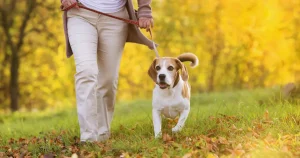
Older dogs that haven’t been potty-skilled may need more patience and understanding. additional guidelines for potty training an older dog:
1. Observe and supervise: Indoors, monitor your dog, specially if they’re no longer in their crate or potty. Sniffing, circling, or restlessness might also signal they need to go outside.
2. Deeply clean accidents: It is important to clean up accidents properly to eliminate any fragrance signs that can attract your dog back. Neutralize pet odors with the usage of enzymatic cleansers.
3. Health considerations: Urinary tract infections and incontinence can purpose accidents. As a result, if your dog has accidents despite training, see a vet to rule out medical issues.
While challenging, potty training an older dog is a rewarding experience that could significantly enhance your canine’s first-rate lifestyle. The key is approaching the system with expertise, endurance, and a willingness to adapt your methods to fit your dog’s man or woman needs. By following the comprehensive steps outlined in this guide and being continual, you’ll resolve potty issues and deepen the unique connection with your dog.
FAQs:
Q1: Is It Too Late to Potty Train My Adult Dog?
A: People say, “You cannot teach an old dog new tricks,” but potty training is exceptional. It is always possible to potty train an adult dog—patience matters. Adult dogs who’ve bolstered behavior for years take time to break them. Be positive and know accidents will occur. Achievement in potty training, an adult canine calls for consistency, routine, and positive reinforcement.
Q2: What Are the First Steps in Potty Training an Older Dog?
A: Potty training an older dog properly is essential. Establish a routine. Because dogs pee after meals, naps, and playtime, take them outside regularly. Praise and reward your dog for eliminating out-of-doors. To view right toileting as positive. Don’t forget, the fact that habitual achievement calls for consistency. Additionally, routines assist your dog in associating the right times to go outside
Q3: What should I do if my older dog has accidents indoors?
A: Older dogs often have indoor accidents during potty training. Clean the area after your canine has an indoor accident to eliminate fragrance markers. Avoid punishment, which frightens and slows training. Praise suitable behavior and train your pet regularly.
Q4: How long does it take to potty train an older dog?
A: Due to temperament, past experiences, and consistency, older dogs take longer to potty train. A few dogs take weeks or months to learn. Keep working out and have fun progress. Get help from a canine trainer or vet.
Q5: What should I do if my older dog regresses in their potty training progress?
A: Potty training regression can result from routine, stress, or infection. Your older canine may regress, so overview potty training basics, support consistency, and rule out health troubles. Seek advice from a trainer or vet.
